The natural world is in a constant state of flux, with evolution and human influence creating new forms of life that didn’t exist a century ago. From laboratory breakthroughs to unexpected evolutionary adaptations and hybridization, the past 100 years have witnessed the emergence of fascinating new creatures. These novel life forms challenge our understanding of species boundaries and highlight the dynamic nature of life on Earth. Some are the result of deliberate human intervention, while others emerged through natural processes accelerated by changing environments. Let’s explore thirteen remarkable creatures that have come into existence since the 1920s, offering a glimpse into how quickly biodiversity can change.
13. Coywolf A Coyote-Wolf Hybrid

The coywolf, also known as the Eastern coyote, represents one of North America’s most successful recent hybrid species. Emerging in the early 20th century as wolves were hunted to near extinction in the eastern United States, coyotes began migrating eastward and breeding with the remaining wolf populations. This hybridization created a creature that is approximately 60% coyote, 30% wolf, and 10% dog. Larger than pure coyotes but smaller than wolves, coywolves possess enhanced adaptability that allows them to thrive in diverse environments from forests to urban areas. Their intelligence and flexibility have enabled a rapid population expansion across northeastern North America, with researchers estimating their numbers have grown into the millions. Unlike many hybrids in nature, coywolves are fertile and continue to establish themselves as a distinct ecological presence.
12. London Underground Mosquito

Deep beneath London’s streets, an entirely new species of mosquito evolved in less than a century. The London Underground mosquito (Culex pipiens molestus) diverged from its above-ground ancestor after the London Underground railway system was constructed in the late 19th century. Formally recognized as distinct in the 1990s, these mosquitoes have evolved remarkable differences from their surface cousins. Unlike their ancestors, they breed year-round rather than hibernating, can reproduce without a blood meal, prefer mammalian blood (particularly humans) over birds, and cannot interbreed with surface populations. Genetic studies confirm they are evolutionarily distinct, having adapted to the warmer, enclosed underground environment. This represents one of the clearest examples of rapid speciation in response to human-created environments and shows how quickly evolution can work when population isolation occurs.
11. Grolar Bear

As climate change transforms the Arctic landscape, polar bears and grizzly bears have begun to encounter each other more frequently, resulting in the emergence of hybrid “grolar” or “pizzly” bears. The first confirmed wild hybrid was shot by a hunter in Canada’s Northwest Territories in 2006, though indigenous knowledge suggests they may have existed earlier. DNA testing confirmed this individual was the offspring of a male grizzly and female polar bear. Since then, several more hybrids have been documented, and some second-generation hybrids indicate they are fertile. These bears typically display physical characteristics of both species, including intermediate body size, slightly humped shoulders like grizzlies, and the extended neck of polar bears. The cream-colored fur is often spotted with brown patches. Scientists believe climate change is driving this hybridization as shrinking sea ice forces polar bears inland where grizzlies roam, creating an ecological overlap that didn’t previously exist.
10. GloFish

The colorful GloFish became the first genetically modified animal to be sold as a pet, hitting the market in 2003. Originally developed by scientists at the National University of Singapore, these fish weren’t created for the aquarium trade but for environmental monitoring. Researchers inserted genes from bioluminescent jellyfish and sea anemones into zebrafish to make them glow when exposed to environmental toxins. The genetic modification causes these fish to constantly produce fluorescent proteins that make them glow bright red, green, orange, blue, or purple under normal light, with even more dramatic fluorescence under ultraviolet light. Following their commercial success, the technology has been applied to other aquarium species including tetras and tiger barbs. Despite controversy surrounding genetically modified organisms, GloFish have become immensely popular in the pet trade, highlighting how genetic technology has created entirely new varieties of life that could not have existed without human intervention.
9. Ligers and Tigons
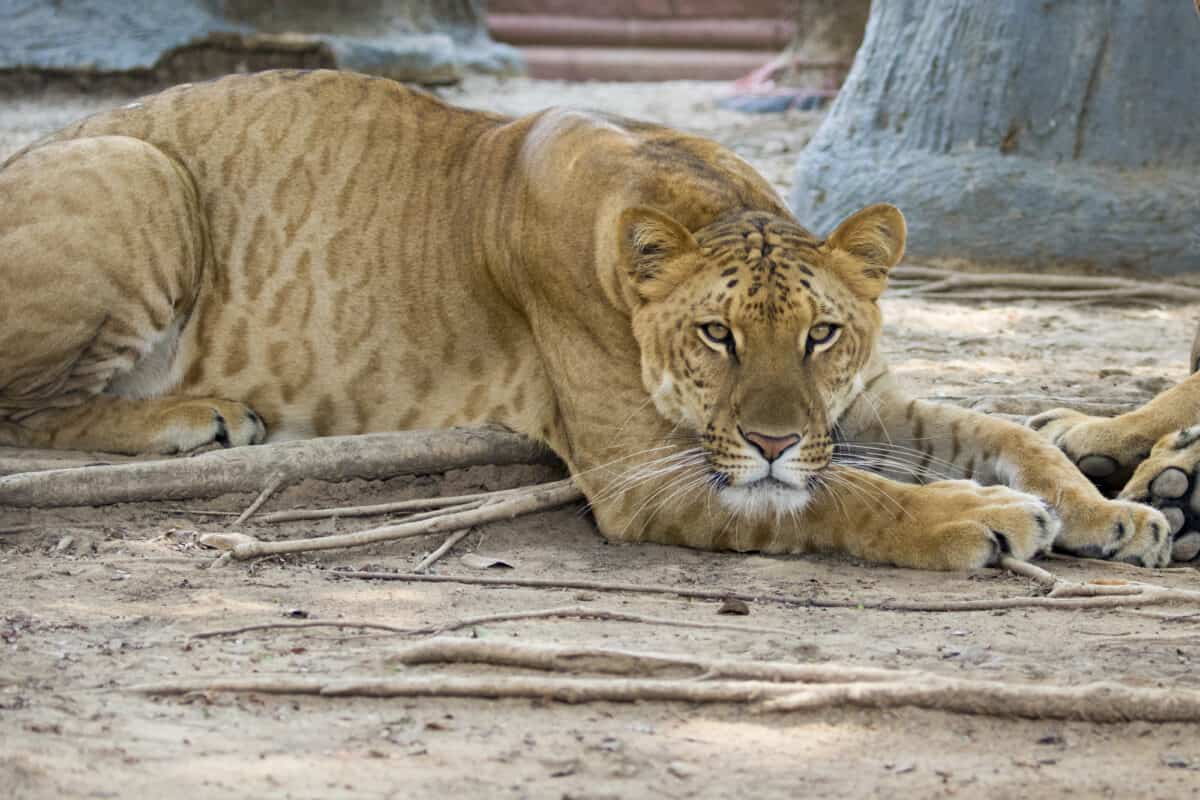
Ligers (lion father, tiger mother) and tigons (tiger father, lion mother) are dramatic examples of hybridization that wouldn’t occur in the wild due to geographical separation of their parent species. While occasional mentions of these hybrids date back further, they became established creatures primarily in the 20th century through captive breeding. Ligers are particularly notable for their enormous size—often growing larger than either parent species due to the absence of growth-inhibiting genes that would normally be passed down from lion fathers. The world’s largest cat, a liger named Hercules, weighs over 900 pounds and stands 11 feet tall on his hind legs. Unlike many hybrids, female ligers and tigons can sometimes produce offspring, though males are typically sterile. These magnificent creatures exist exclusively due to human intervention and highlight the genetic compatibility that can exist between seemingly distinct species. Their creation remains controversial, as they often experience health problems and represent no conservation value for either endangered parent species.
8. Beefalo

The beefalo represents one of the most successful intentional animal hybrids, created by crossing domestic cattle with American bison. While early hybridization attempts date back to the 1880s, the modern beefalo wasn’t developed until the 1970s when breeders achieved a genetically stable mix that was typically 3/8 bison and 5/8 domestic cattle. The goal was to combine the best qualities of both species: the lean, high-protein meat and hardiness of bison with the fertility, milk production, and docility of cattle. Beefalo require less assistance during calving, demonstrate superior cold tolerance, and can thrive on poorer quality forage than pure cattle. Their meat contains less fat, cholesterol, and calories than conventional beef while offering higher protein content. The American Beefalo Association, formed in 1975, now registers thousands of these animals across the United States. Unlike many hybrids, beefalo are fully fertile and represent a sustainable agricultural innovation that has carved out its own niche in modern livestock production.
7. Savannah Cat
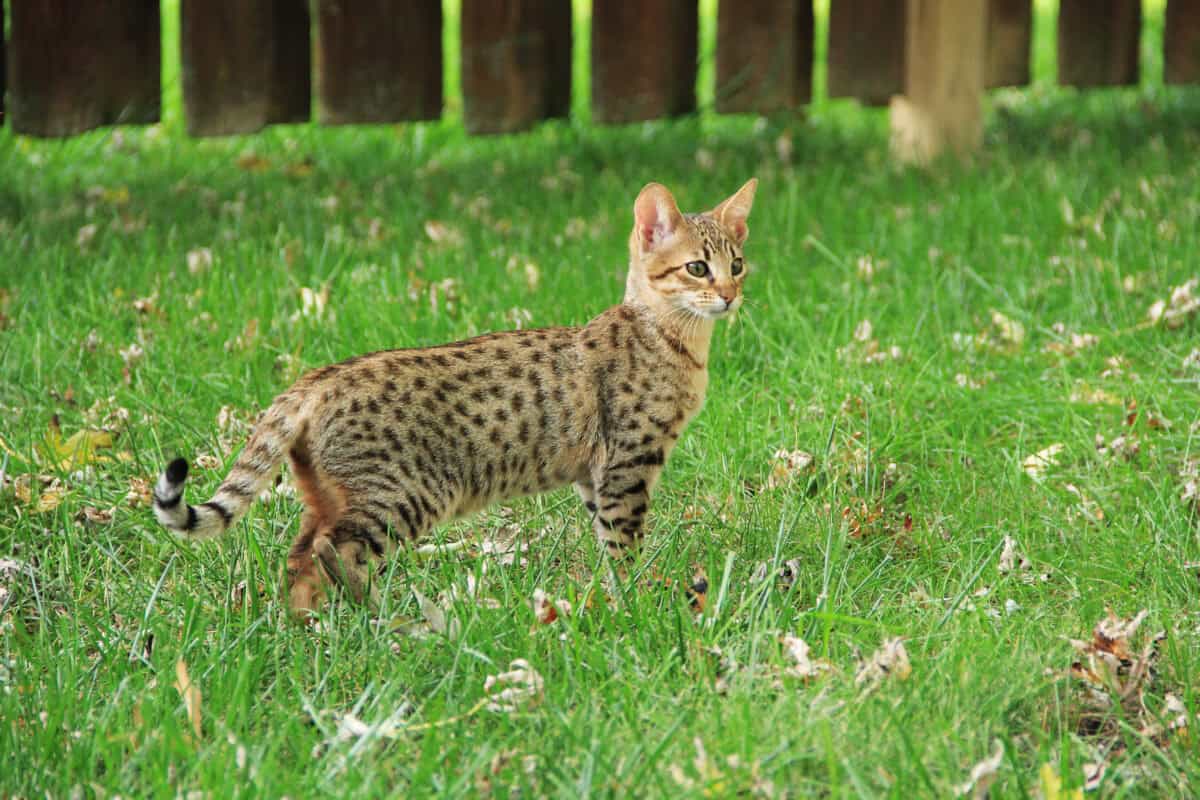
The Savannah cat emerged in 1986 when a female domestic cat was crossed with a male serval, a medium-sized wild African cat. The first known Savannah, named “Savannah,” was born on April 7, 1986, and became the foundation for an entirely new breed. These striking felines are categorized by filial generation, with F1 Savannahs (50% serval) being the largest and most wild in appearance, often weighing 15-25 pounds with extraordinarily long legs, prominent ears, and distinctive spotted coats. Their personality combines domestic cat sociability with wild cat energy and intelligence, making them exceptional jumpers and problem solvers with dog-like loyalty. The International Cat Association officially recognized Savannahs as a registered breed in 2001, and they gained championship status by 2012. Breeding Savannahs requires specialized knowledge, as the early generations often face fertility challenges, particularly among males. These cats represent one of the most successful intentional hybridizations between wild and domestic animals, creating a companion animal with a truly unique appearance and temperament.
6. Wholphin

The wholphin represents one of the most remarkable hybrid mammals, resulting from the cross between a false killer whale (Pseudorca crassidens) and an Atlantic bottlenose dolphin (Tursiops truncatus). The first documented wholphin was born in 1985 at Sea Life Park in Hawaii when a female bottlenose dolphin named Punahele unexpectedly became pregnant after sharing a tank with a male false killer whale named I’anui Kahei. The resulting offspring, named Kekaimalu, surprised marine biologists with her intermediate characteristics: a color between her parents’ shades, 66 teeth (between the dolphin’s 88 and false killer whale’s 44), and a size larger than dolphins but smaller than false killer whales. Most significantly, Kekaimalu proved fertile, producing several calves of her own. While extremely rare, these hybrids demonstrate the genetic compatibility between cetacean species that diverged millions of years ago. The existence of wholphins underscores how human-managed environments can create opportunities for hybridization between species that would never encounter each other in the wild.
5. Belgian Blue Cattle
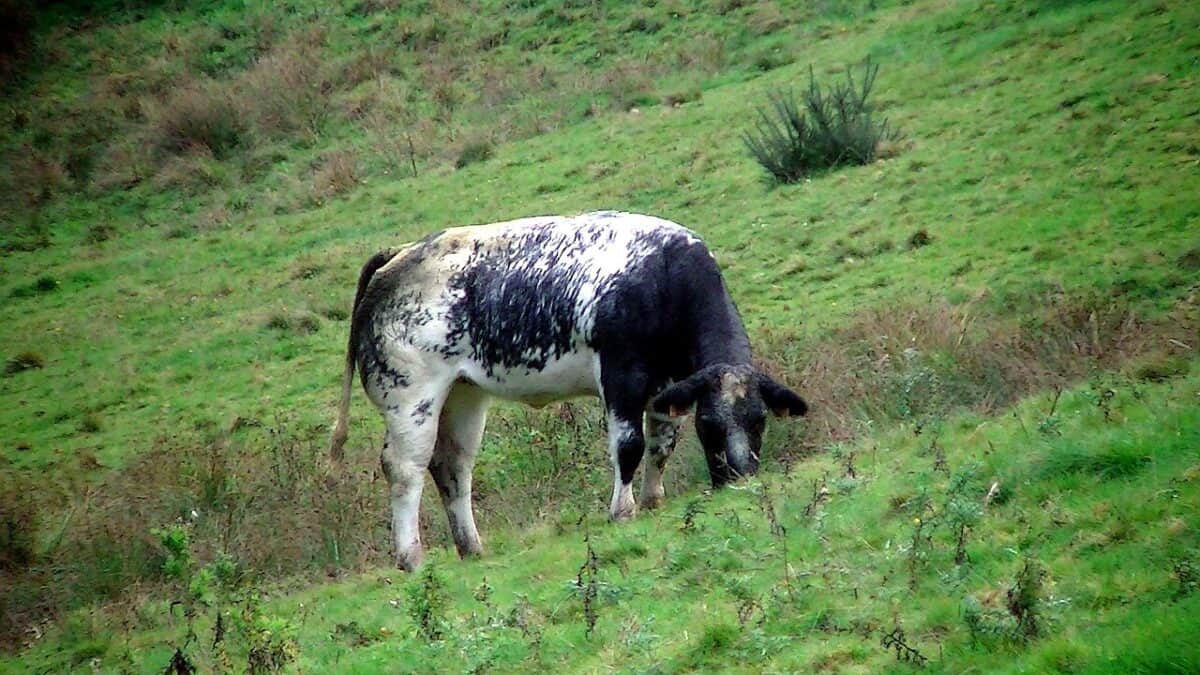
The modern Belgian Blue cattle breed as we know it today emerged in the 1950s as a result of selective breeding that capitalized on a natural mutation. While Belgian Blue cattle existed previously as a dual-purpose milk and meat breed, the distinctive “double-muscled” version that dominates today resulted from intensified selection after breeders discovered a natural mutation in the myostatin gene, which regulates muscle growth. This mutation causes the cattle to develop 20-30% more muscle mass than conventional cattle, creating an extraordinarily lean and muscular animal with minimal fat. The extreme musculature is so pronounced that these animals are often called “bodybuilder cattle,” with dramatic muscle definition visible across their entire bodies. Their meat contains significantly less fat and more protein than conventional beef. However, the breed faces welfare challenges, as the exaggerated muscle development means most cows require Caesarean sections to give birth. The modern Belgian Blue represents how selective breeding for a single natural mutation can create animals that bear little resemblance to their ancestors from just a century ago.
4. Africanized Honey Bees

Africanized honey bees, often sensationalized as “killer bees,” emerged from a breeding experiment gone wrong in the 1950s. Brazilian scientist Warwick Kerr imported honey bees from Africa to improve honey production in South America by creating a hybrid with European honey bees. In 1957, 26 African queen bees accidentally escaped quarantine in Brazil, establishing hybrid populations that began spreading throughout the Americas. These hybrids inherit the African honey bee’s defensive nature, responding to disturbances more quickly, in greater numbers, and pursuing threats further than European bees. They arrived in the United States in 1990 and have since established populations across the southern states. Despite their intimidating reputation and responsibility for approximately 1,000 human deaths since their creation, Africanized bees are excellent pollinators and honey producers. Their rapid spread across two continents in just half a century demonstrates how quickly a newly created hybrid can establish itself when it possesses adaptive advantages. Today, they represent one of the most successful—if unintentional—biological introductions in recent history.
3. The First Cloned Animals
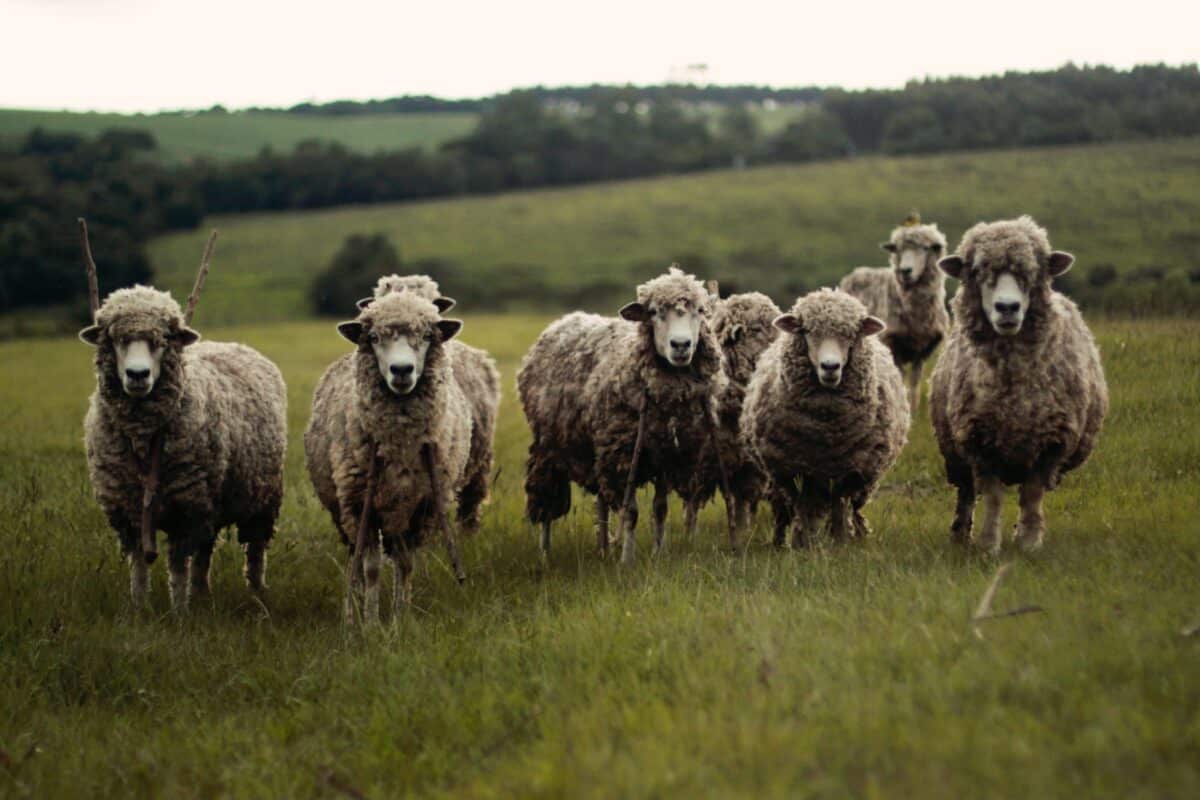
Cloning technology created entirely new individual organisms that are genetic carbon copies of existing animals—something impossible until the late 20th century. While the 1996 birth of Dolly the sheep marked the first successful mammal cloned from an adult cell, several other species were successfully cloned in the decades prior. The first animal ever cloned was a northern leopard frog in 1952, followed by carp fish in the 1960s. Following Dolly’s groundbreaking creation, scientists rapidly expanded cloning to numerous species including mice (1998), cattle (1998), goats (1999), pigs (2000), rabbits (2002), horses (2003), dogs (2005), and ferrets (2020). Each of these cloned animals represents an organism that would not have existed without advanced reproductive technology. While genetically identical to their donors, clones often exhibit subtle differences due to environmental factors and epigenetics. The technology has applications ranging from preserving endangered species to creating specialized research animals and potentially reviving extinct species. These cloned organisms represent perhaps the most direct human creation of new individual lives that would have been impossible a century ago.
2. Genetically Modified Laboratory Animals
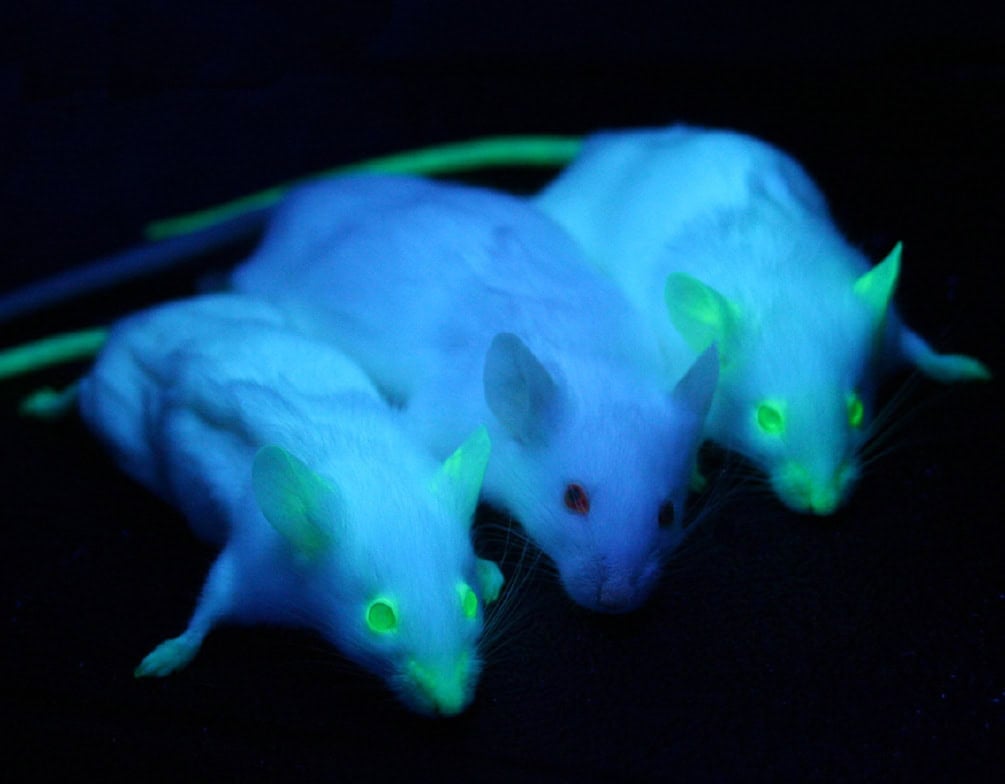
The development of genetically modified organisms (GMOs) has created countless laboratory animals that contain DNA sequences impossible in nature. The first transgenic mouse was created in 1974 when foreign DNA was successfully integrated into mouse embryos. By the 1980s, scientists had developed methods to create “knockout mice” with specific genes deliberately disabled for research purposes. Modern genetic modification technologies like CRISPR-Cas9, developed in the 2010s, have dramatically expanded the possibilities. Today’s laboratory animals include mice that glow under ultraviolet light, goats that produce spider silk proteins in their milk, pigs with human immune systems for transplant research, and mosquitoes modified to resist malaria parasites. Perhaps most striking are animals created to model human diseases, such as mice engineered to develop Alzheimer’s disease or muscular dystrophy. The OncoMouse™, patented in 1988, was genetically modified to develop cancer and became the first patented animal in history. These creatures represent entirely new life forms whose genetic makeup has been precisely engineered by humans for specific scientific purposes.
1. Carolina Hamsters
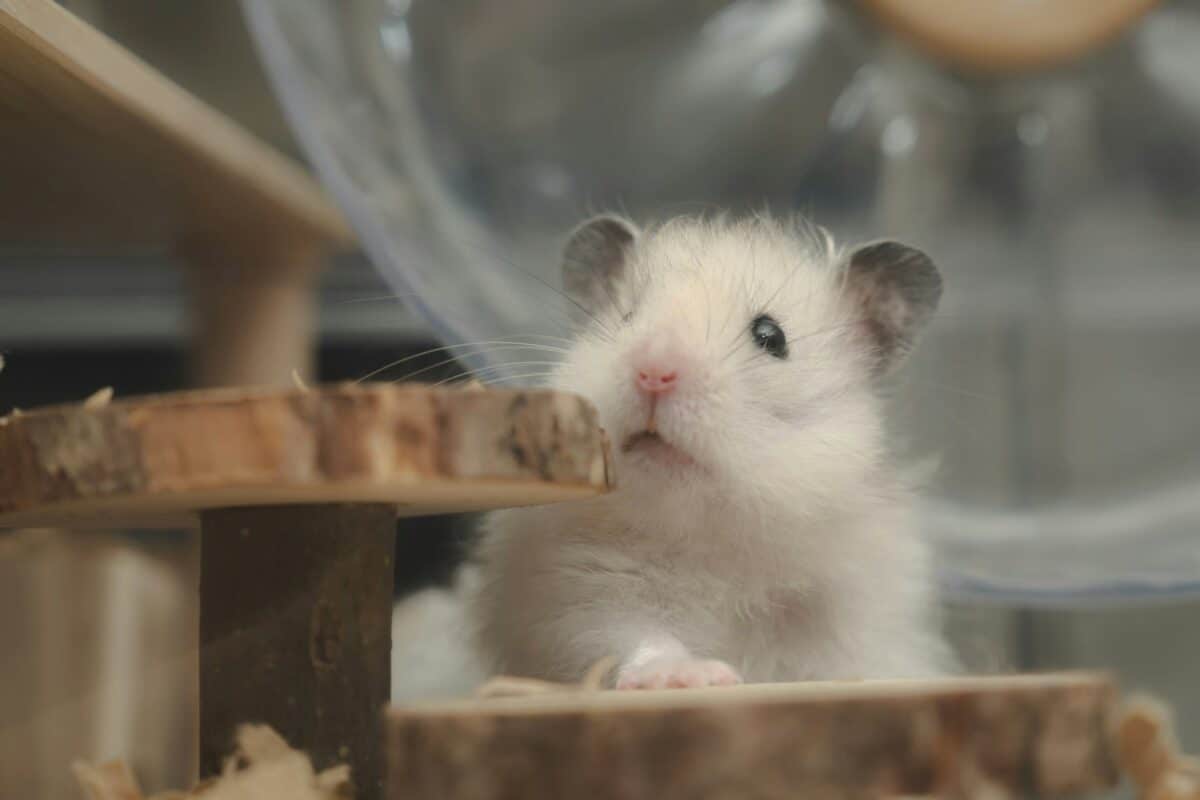
The Carolina hamster, officially known as the Eastern or Appalachian hamster, represents one of nature’s most recent and unexpected evolutionary developments. First documented in 2013 in the southern Appalachian Mountains, these hamsters appear to have evolved from escaped or released Syrian hamsters that adapted to the wild North American environment. Genetic analysis indicates they diverged from domestic populations roughly 60-70 years ago, making them among the youngest distinct mammal populations on the planet. They’ve developed several adaptations to their new habitat, including larger body size, thicker fur, more efficient hibernation patterns, and behavioral changes that make them more nocturnal and wary than their domestic ancestors. Unlike most escaped pets that either perish or create invasive populations, Carolina hamsters have undergone sufficient adaptation to potentially represent an emerging species. Their discovery highlights how quickly evolutionary changes can occur when animals face new environmental pressures and the unexpected consequences of pet releases. Researchers continue to monitor these populations to understand this rare example of contemporary evolution in mammals.
Conclusion: The Accelerating Creation of New Life Forms

The thirteen creatures explored in this article represent just a fraction of the new life forms that have emerged in the past century. From natural hybridization accelerated by human-altered environments to deliberate genetic engineering, the pace at which new organisms are appearing is unprecedented in Earth’s history. These novel creatures raise profound questions about how we define species, the ethical boundaries of biotechnology, and our responsibility toward life forms we help create. As climate change forces species into new territorial overlaps and genetic technology becomes increasingly sophisticated, we can expect even more rapid development of creatures that never existed before. Understanding these new organisms and their place in evolving ecosystems will be crucial for conservation efforts and responsible stewardship of biodiversity in the coming decades.
- 13 Creatures That Did Not Exist 100 Years Ago - August 10, 2025
- 10 Dog Breeds That Are Too Fragile or Fiery for Families With Kids - August 10, 2025
- 13 Venomous Creatures You Will Want to Avoid - August 9, 2025

